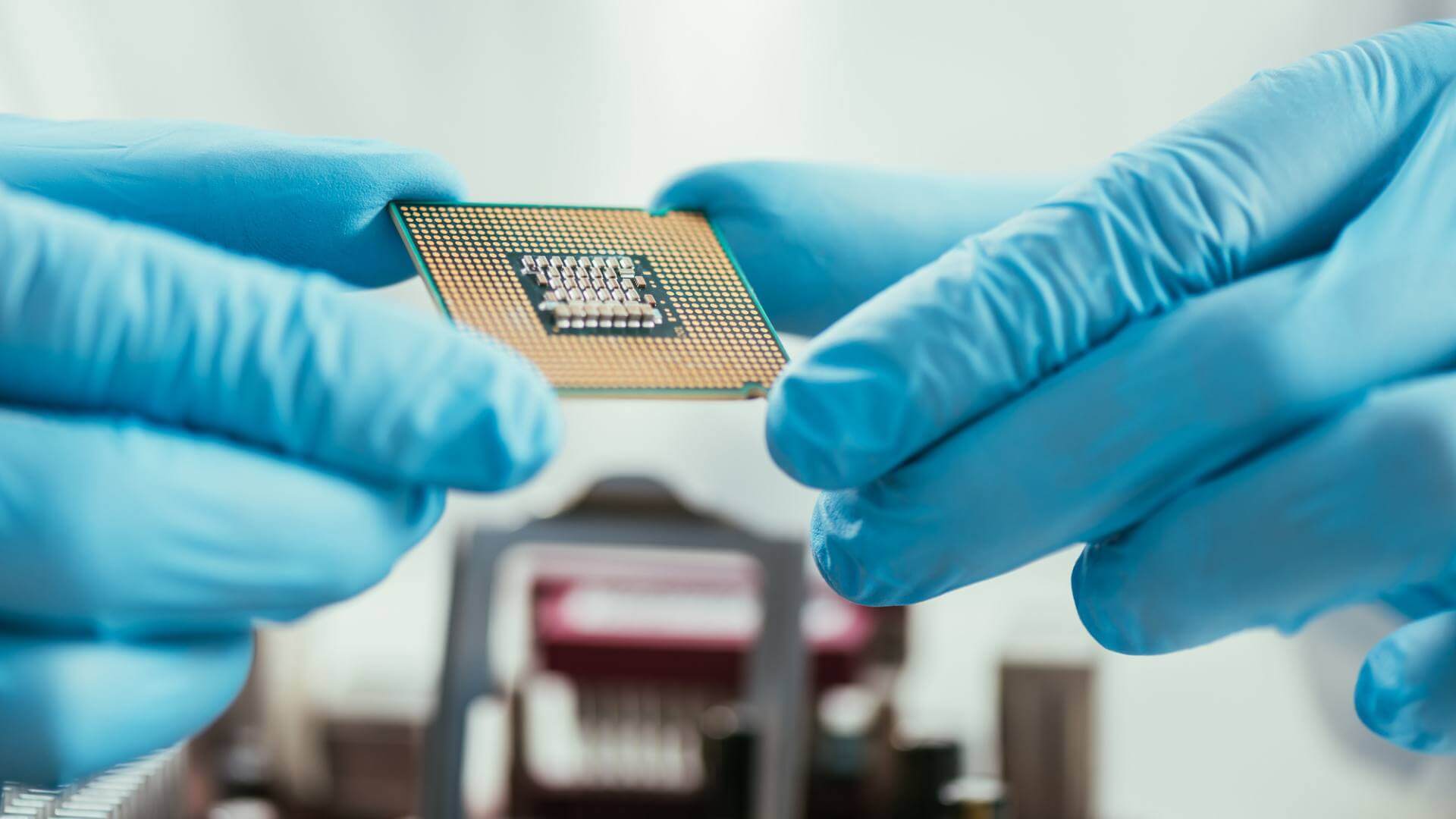Leading chipmaking nations, including the U.S., South Korea, Japan and Taiwan, that have strong semiconductor industries, are forming alliances to secure their semiconductor supply chain, and to prevent China from reaching the cutting edge of the industry. The U.S. Congress recently passed a $52 billion package designed to boost semiconductor manufacturing in the U.S. and improve competitiveness with China. China and the U.S. view each other as rivals in technology areas ranging from semiconductors to artificial intelligence (AI). As part of that battle, the U.S. has looked to use export restrictions to cut off China from critical semiconductors and the tools to make them.
The goal of this effort is to prevent China from developing the capability to produce advanced semiconductors domestically. China has been pumping a lot of money into its domestic semiconductor industry, aiming to boost self-sufficiency and reduce its reliance on foreign companies. China is also the world’s largest importer of chips, and a key market for chip companies globally. Here are a series of opinion pieces we found of interest regarding U.S. and Asian chip manufacturing.
The West Should Not Walk into Beijing’s Taiwan Trap on Chips
In an opinion article, “The west should not walk into Beijing’s Taiwan trap on chips,” for Financial Times, Rupert Hammond-Chambers, president of the US-Taiwan Business Council, discusses the recent opening of the Taiwan Semiconductor Manufacturing Company’s (TSMC) new fabrication plant, or fab, opening in Phoenix, Arizona. He cautions that the U.S. and Europe must be careful when onshoring vital production capacity while not marginalizing and weakening Taiwan economically in the process. The semiconductor sector plays a crucial role in binding Taiwan to the global community.
China’s strategy is to create a sense of inevitability over Taiwan’s future, to raise the cost of doing business in Taiwan by increasing tensions and to warn the US and allies not to involve themselves, according to Hammond-Chambers. He adds that the U.S. and leading economies in Europe must be cautious about minimizing Taiwan’s centrality to the semiconductor sector. Finally, Hammond-Chambers advises them to highlight onshoring priorities while signaling support for Taiwan’s long-term economic viability. Read more on Financial Times.
America’s Chip Controls on China Will Carry a Heavy Cost
In an opinion piece for Financial Times, “America’s chip controls on China will carry a heavy cost,” the Financial Times Editorial Board examines the latest measure barring U.S. companies from exporting critical semiconductor manufacturing tools to China. The Financial Times Board writes that the White House has framed the measures as an attempt to curb Chinese military use of high-end chips. The U.S. wants to blunt the military ambitions of an increasingly assertive and nationalistic rival, they add. They emphasize these measures do carry risks; for example, China could retaliate perhaps over rare metals vital to the modern technology-dependent economy. This retaliation is a concern as China processes 65% of the world’s lithium. They argue that these measures will likely come with a heavy cost to the U.S. Read the full article on Financial Times.
The ‘Chip Choke’ on China May Breathe Air Into Semiconductor Industry
In an opinion piece, “The ‘chip choke’ on China may breathe air into semiconductor industry,” for Financial Times, John Thornhill, innovation editor for Financial Times, argues that the U.S. chip choke on China, which bans the export of leading-edge semiconductor technology to Beijing, is already inflicting pain on semiconductor companies in countries allied to the U.S., especially in East Asia, where so much of the semiconductor manufacturing capacity is clustered. Already, South Korea has expressed fears that its competitive chip sector is being threatened by Washington’s campaign to lure the country’s manufacturers to the U.S., and Beijing’s massive state support for China’s chip sector.
According to a report by New Street Research, governments in China, the U.S., the EU, Japan and India have collectively promised $190 billion of subsidies over a decade as they seek to localize semiconductor manufacturing capacity. Read the full article on Financial Times.
Disclosure: Fatty Fish is a research and advisory firm that engages or has engaged in research, analysis, and advisory services with many technology companies, including those mentioned in this article. The author does not hold any equity positions with any company mentioned in this article.
The Fatty Fish Editorial Team includes a diverse group of industry analysts, researchers, and advisors who spend most of their days diving into the most important topics impacting the future of the technology sector. Our team focuses on the potential impact of tech-related IP policy, legislation, regulation, and litigation, along with critical global and geostrategic trends — and delivers content that makes it easier for journalists, lobbyists, and policy makers to understand these issues.
- The Fatty Fish Editorial Teamhttps://fattyfish.org/author/fattyfish_editorial/January 19, 2024
- The Fatty Fish Editorial Teamhttps://fattyfish.org/author/fattyfish_editorial/January 3, 2024
- The Fatty Fish Editorial Teamhttps://fattyfish.org/author/fattyfish_editorial/January 3, 2024
- The Fatty Fish Editorial Teamhttps://fattyfish.org/author/fattyfish_editorial/December 31, 2023









